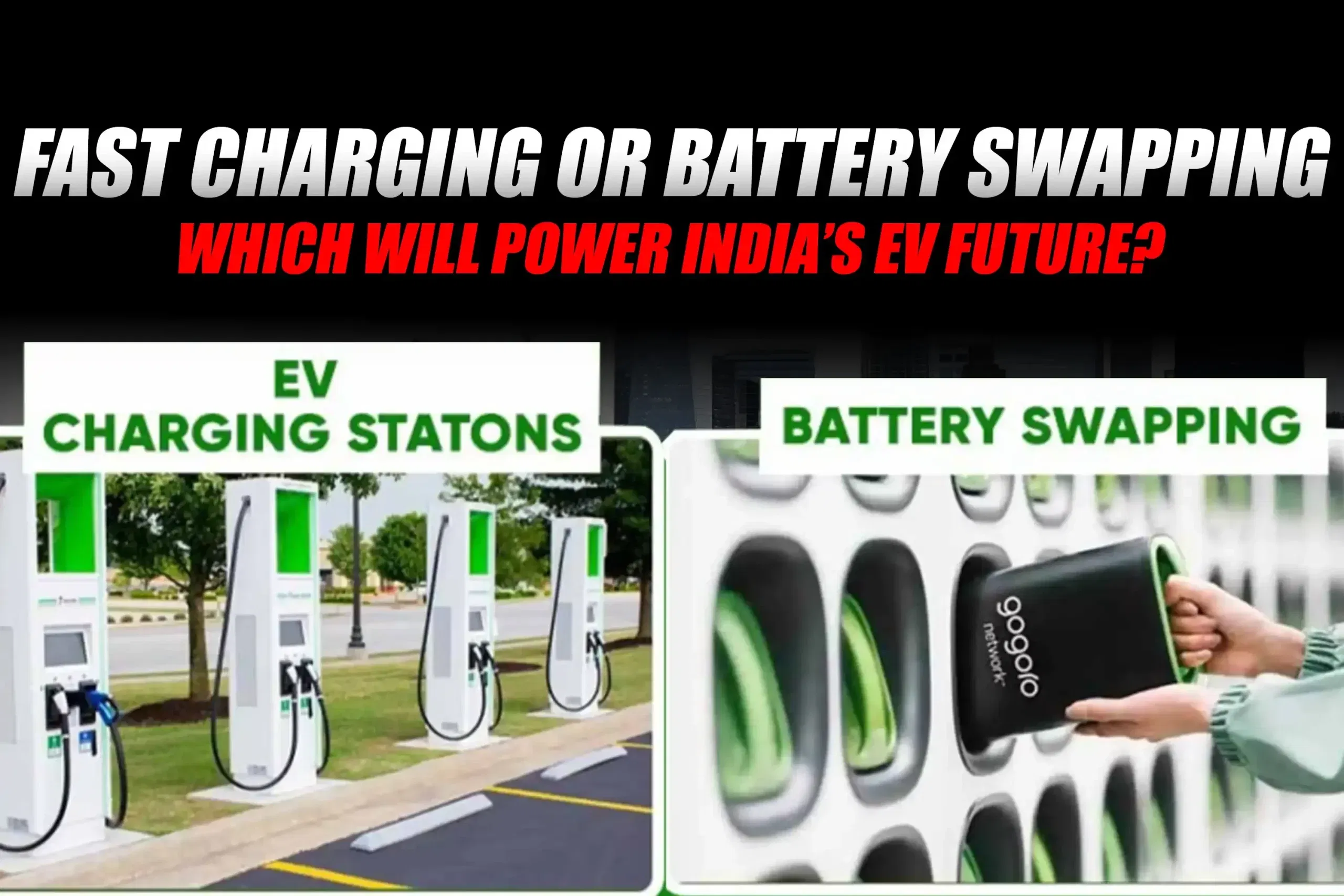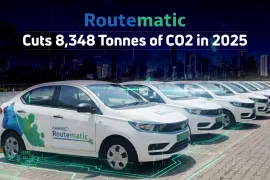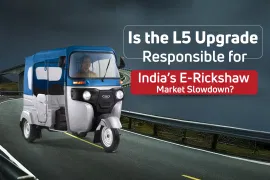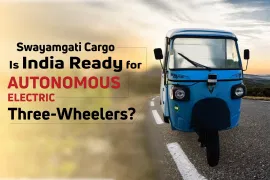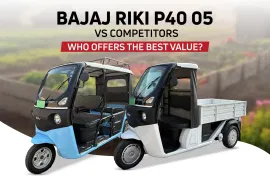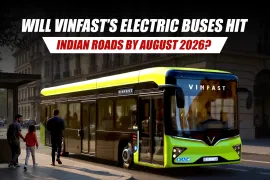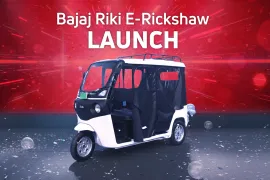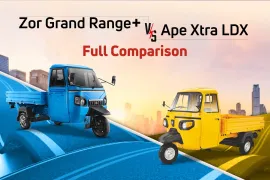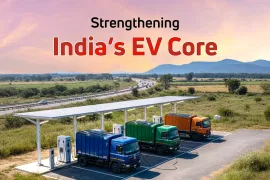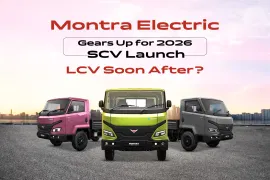If you manage a truck or bus fleet, you’ve probably heard both buzzwords: battery swapping and fast charging. Everyone’s promising zero downtime, but which one actually works better for commercial EVs in India?
The Core Difference
- Fast charging means you plug your EV into a high-power DC charger (think 150–600 kW). Great for topping up, but still takes 30–90 minutes for a full charge depending on the battery size.
- Battery swapping, on the other hand, means you replace the empty battery with a charged one, like changing a gas cylinder. It takes just a few minutes, and the truck is back on the road.
The Case for Battery Swapping
For high-utilization fleets like port logistics, e-commerce, or mining, downtime is expensive. That’s why battery swapping is catching attention.
India recently saw the opening of its first commercial truck battery swapping-cum-charging station in Sonipat, inaugurated by Union Minister Nitin Gadkari. The station claims it can swap a truck’s battery in under 7 minutes, a huge advantage over charging breaks.
Even the Jawaharlal Nehru Port Authority (JNPA) has started deploying battery-swappable electric trucks for container transport, planning to expand its fleet soon.
Another bonus? Swapping reduces the need for massive grid connections, since the station can charge batteries slowly in the background.
But swapping isn’t perfect. Every OEM has its own battery size and design, which makes standardization a nightmare. Plus, someone has to own and manage all those spare batteries, adding to capital costs.
The Case for Fast Charging
Fast charging is simpler to deploy. No need to redesign trucks or agree on battery formats. Depots can install chargers, drivers can plug in during meal breaks, and OEMs like Tata Motors and Volvo Eicher are already testing 600 kW ultra-fast chargers for heavy EVs.
However, fast charging puts huge pressure on India’s power grid, especially when multiple trucks charge together. The upfront setup can be expensive too.
Which One Wins?
Honestly, both will coexist, just for different needs.
- Battery swapping: ideal for fleet hubs, ports and repetitive routes where trucks cycle frequently.
- Fast charging: better for long-haul routes or overnight depot charging.
The Bottom Line
For now, the future of commercial EV charging isn’t a race, it’s teamwork. Battery swapping will dominate where uptime matters most, while fast charging will support the rest.
For more articles and news, stay updated with 91trucks. Subscribe to our YouTube channel and follow us on Facebook, Instagram, and Linkedin for the latest videos and updates from the automotive world!
Web Stories
Latest Electric News
Categories
91trucks is a rapidly growing digital platform that offers the latest updates and comprehensive information about the commercial vehicle industry.
